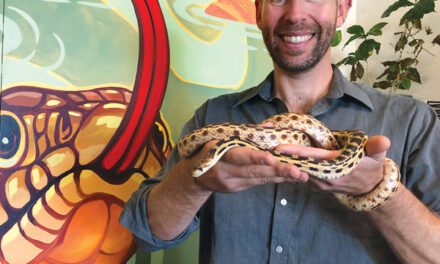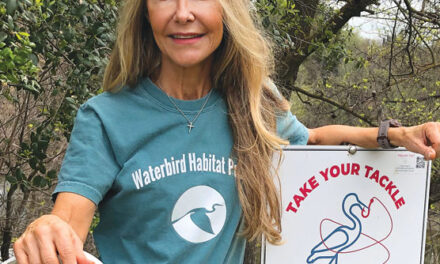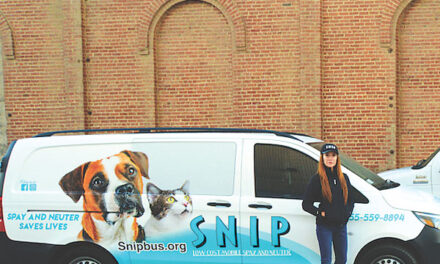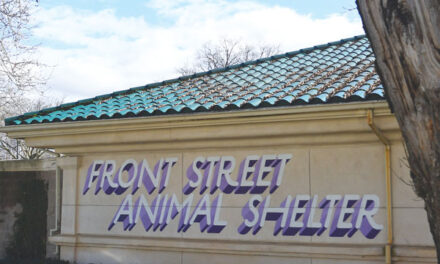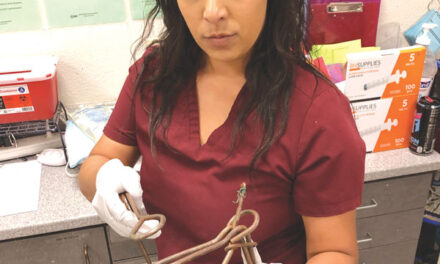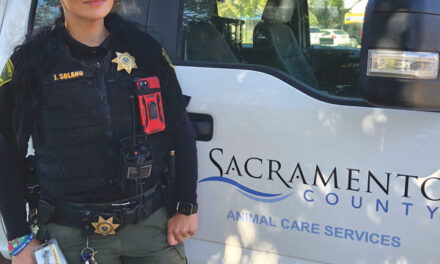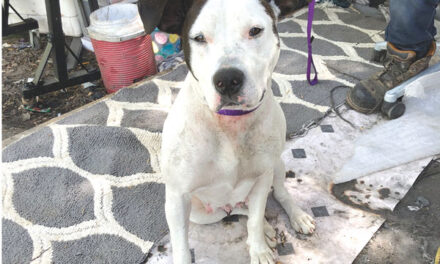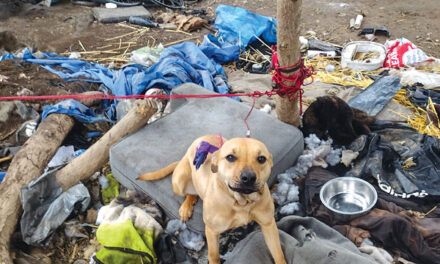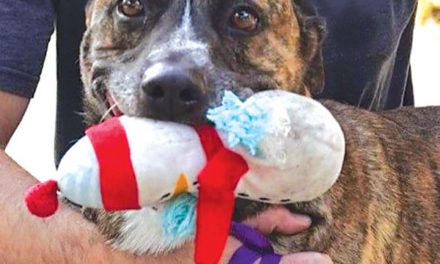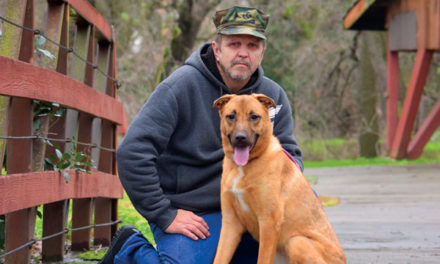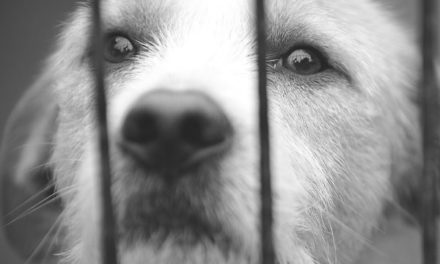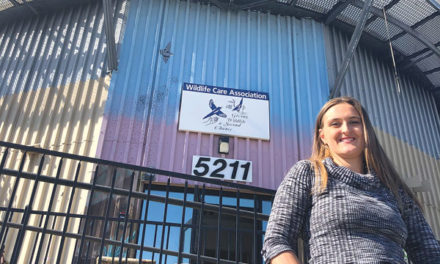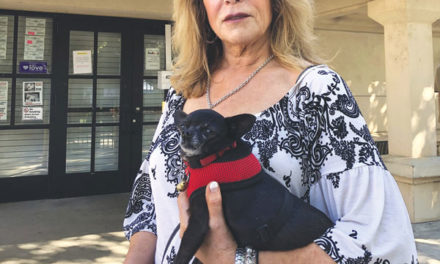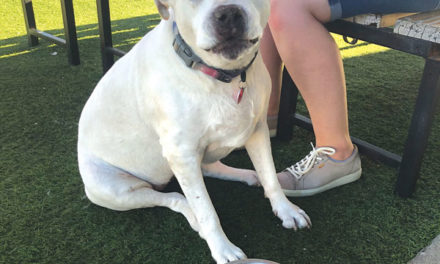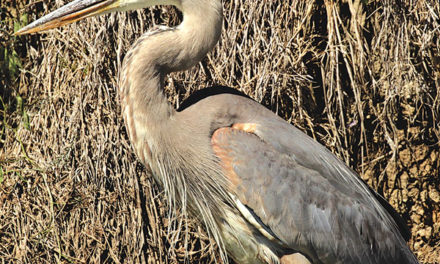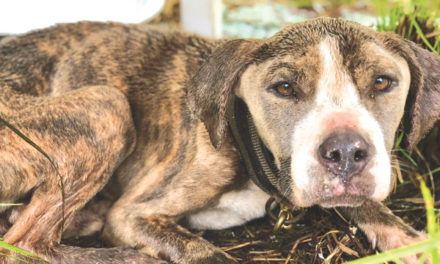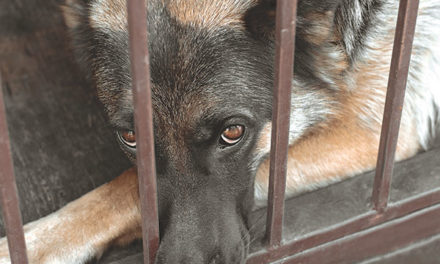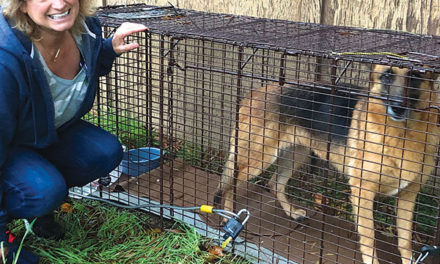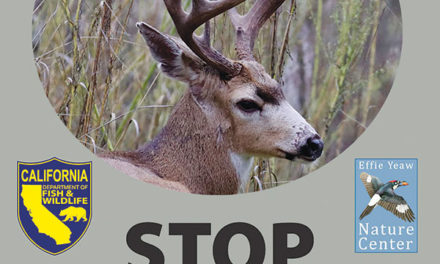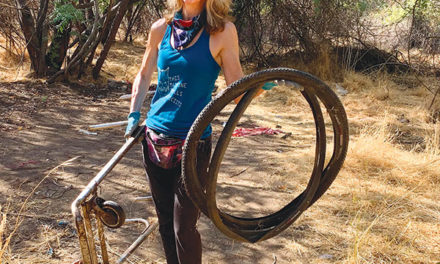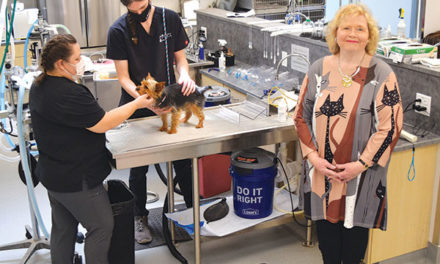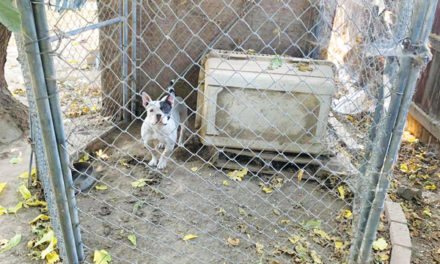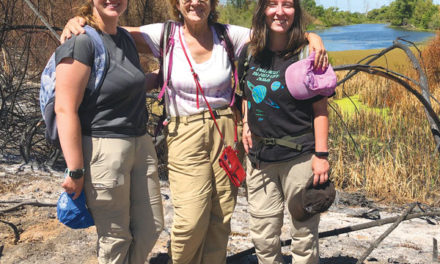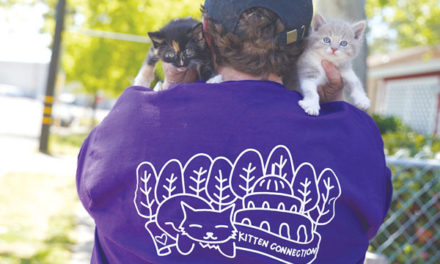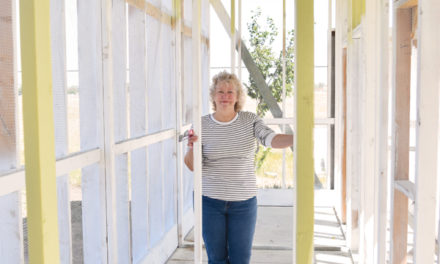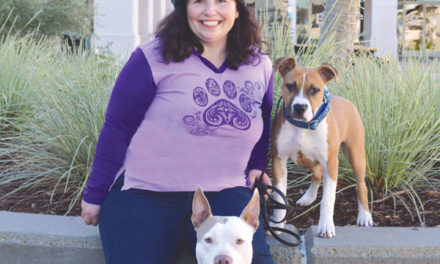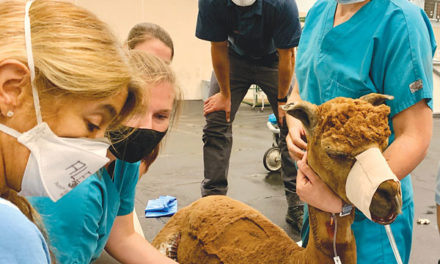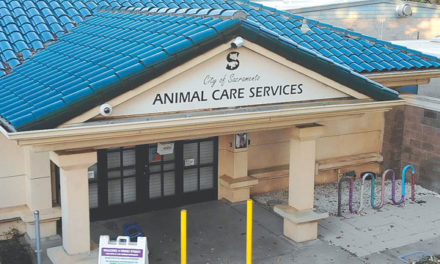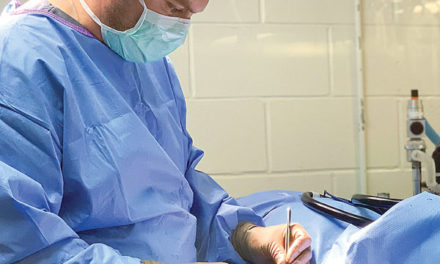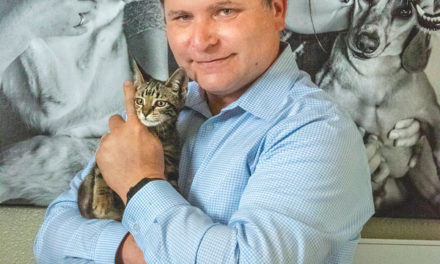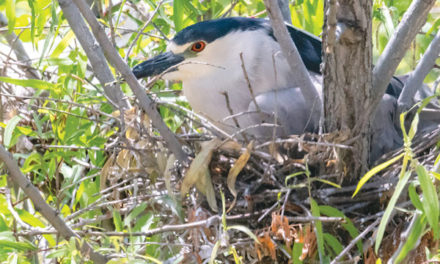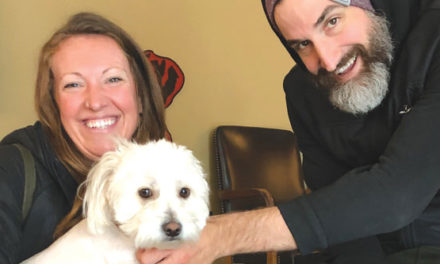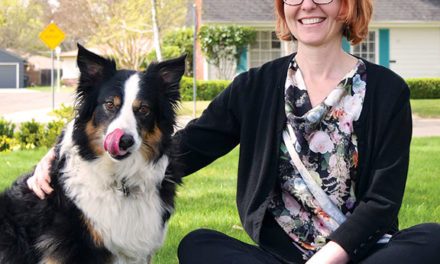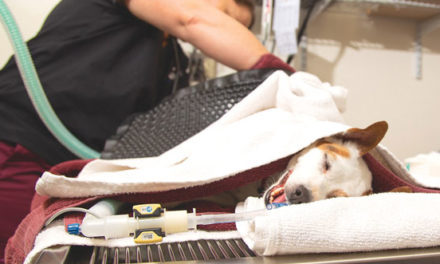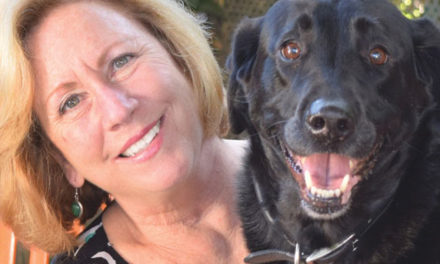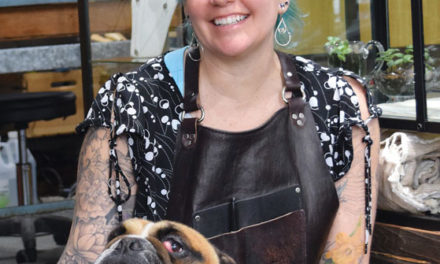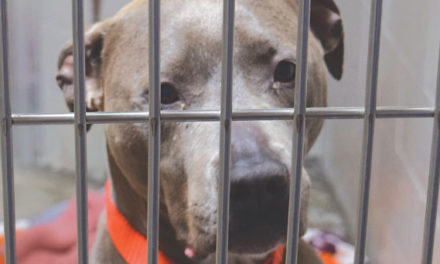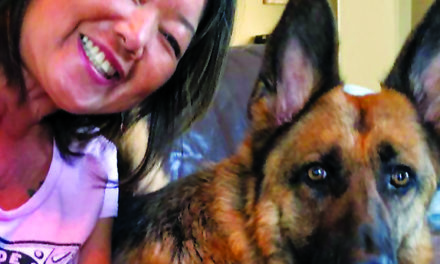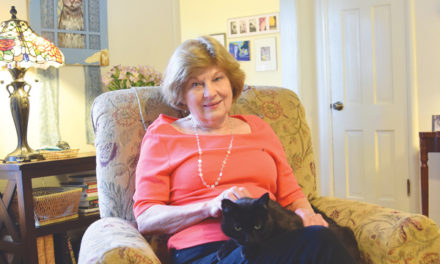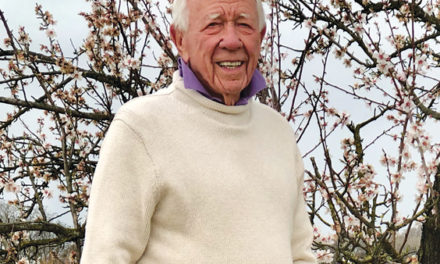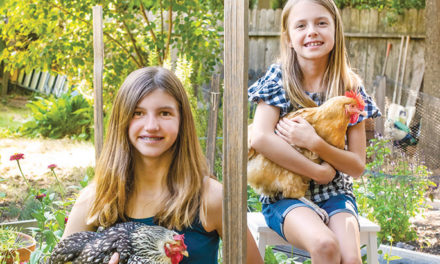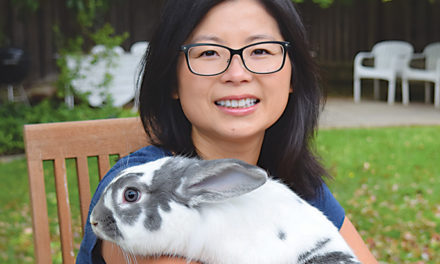3 Shelters, 1 Mission
It takes a village to care for Sacramento’s homeless pets
By Cathryn Rakich
August 2019
This is how the conversation typically goes: “My friend found a stray cat and took her to the SPCA on Bradshaw.” “You mean the county shelter?” “Isn’t that the pound on Front Street?”
Confusing? Yes. But it doesn’t have to be. Let’s start with the basics.
Sacramento County Animal Care and Regulation—known as the Bradshaw Animal Shelter—is on Bradshaw Road, about a mile south of Highway 50.
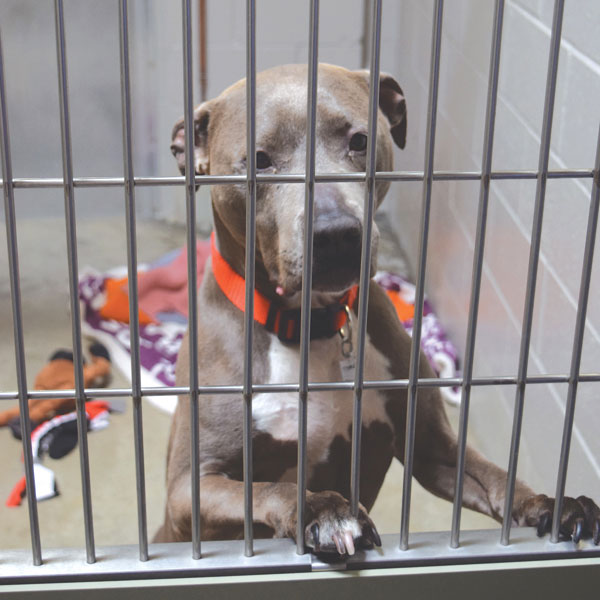
City of Sacramento Animal Care Services—known as the Front Street Animal Shelter—is on Front Street, just north of Broadway.
Sacramento SPCA has 20 acres of rural land on Florin Perkins Road between Fruitridge and Elder Creek.
“Sacramento is lucky because we have three really prominent organizations focused on helping animals,” says Dawn Foster, SSPCA director of marketing and communications. “In that same token, it causes a lot of confusion.”
Here’s where it gets tricky. All three Sacramento animal shelters take in domestic animals (dogs, cats, rabbits, hamsters, chickens, etc.). But, as municipal entities, the city and county shelters primarily accept stray canines and felines.
On the other hand, SSPCA is an owner-surrender facility, which means it only accepts animals brought in by their owners—not strays found in Sacramento County or within Sacramento city limits. If someone brings in a lost or homeless pet from the county or city, SSPCA will direct that person to the county or city shelter, respectively.
What if someone brings their own pet to the county or city? That’s considered on a case-by-case basis, notes Celeste Ingrid, volunteer program coordinator for the Bradshaw shelter. “Due to lack of space, most all owner surrenders are directed to the SSPCA,” she says.
To make if even more confusing, SSPCA has a contract with Folsom and Rancho Cordova to take strays found within those cities.
All three Sacramento animal shelters require a fee for owners to surrender one or more of their own animals. But there is no cost to bring in a stray—and strays can be brought to the county and city shelters at any time during business hours.
SSPCA requires an appointment to surrender an owned pet, and the wait can be anywhere from a couple of days for a small dog to three weeks for a large dog, because “they take up more space and resources,” Foster says.
By scheduling surrender appointments, staff can help “de-escalate the situation,” Foster adds, such as when Fido chews on a prized piece of furniture or Fluffy refuses to use the litter box. “It gives us the opportunity to counsel people on the phone and give them resources to divert the surrender,” Foster says, including help with behavioral or minor medical issues.
Another significant difference is funding. The county and city shelters are municipal facilities and receive taxpayer support, in addition to donations and grants. SSPCA is a private, nonprofit organization and receives no government funding. It operates solely on individual, community and corporate generosity.
The county shelter’s annual budget is $11.8 million; the city’s is $5.2 million; the SSPCA’s is $7.8 million.
The county moved to its Bradshaw location in 2009, with 39,000 square feet of occupied space on 7 acres of land. The city facility has been at its Front Street location since 1910, but was extensively remodeled and expanded in 1993, tripling the original space. A new cat facility was opened at Front Street in 2009.
SSPCA has three structures sitting on 10 acres totaling 40,000 square feet, which includes a 22,000-square-foot adoption center built in 2000. Adjacent to the main campus is another 10 acres of open field—its use not yet determined. Options include expanding the spay/neuter clinic.
The county shelter has 55 full-time and two contract employees, and 470 active volunteers. The city shelter has 54 full-time employees and approximately 900 active volunteers. SSPCA has 100 full- and part-time staff, and 250 to 300 active volunteers.
The county has 14 field officers working day shifts, swing shifts and on-call 24/7, fielding approximately 23,000 calls a year. The city’s seven animal control officers also serve 24/7 and respond to 18,000 requests annually. SSPCA does not employ animal control officers.
The county can house more than 500 animals at one time, if necessary. “We get creative and pair animals up if needed,” says shelter director Dave Dickinson. The city has space for 200 to 300. SSPCA can house 350 animals at one time. If dogs are doubled up in one kennel, capacity can increase to 556.
None of the three Sacramento animal shelters is “no-kill.” However, there has been progress in the last 10 or so years to reduce euthanasia and increase “save rates,” which is the percentage of animals leaving the shelter alive, either through adoptions, returns to owner or transfers to other shelters or rescue groups.
The county took in more than 13,000 animals last year with a save rate of 86 percent. The city annually takes in 11,000 dogs and cats (other animals are transferred out to rescue groups) with a save rate of 87 percent. In 2018, 5,600 animals entered the SSPCA’s shelter with a save rate of 81 percent.
The county and SSPCA have high-volume, low-cost spay/neuter clinics on their campuses that are open to the public. Last year, the county clinic, operated by a private company, performed 13,169 spay/neuter surgeries (community-owned pets and animals up for adoption). In 2018, SSPCA’s clinic performed 18,370 spay/neuter surgeries. “We are No. 2 in the nation operating that many surgeries in a single location,” Foster says.
Regardless of the differences, all three shelters have one thing in common: they need people to adopt, volunteer, donate and—most importantly—spay and neuter their pets.
For more information, visit sspca.org, animalcare.saccounty.net or cityofsacramento.org/community-development/animal-care.
Cathryn Rakich can be reached at crakich@surewest.net. Follow us on Facebook, Twitter and Instagram: @insidesacramento.




